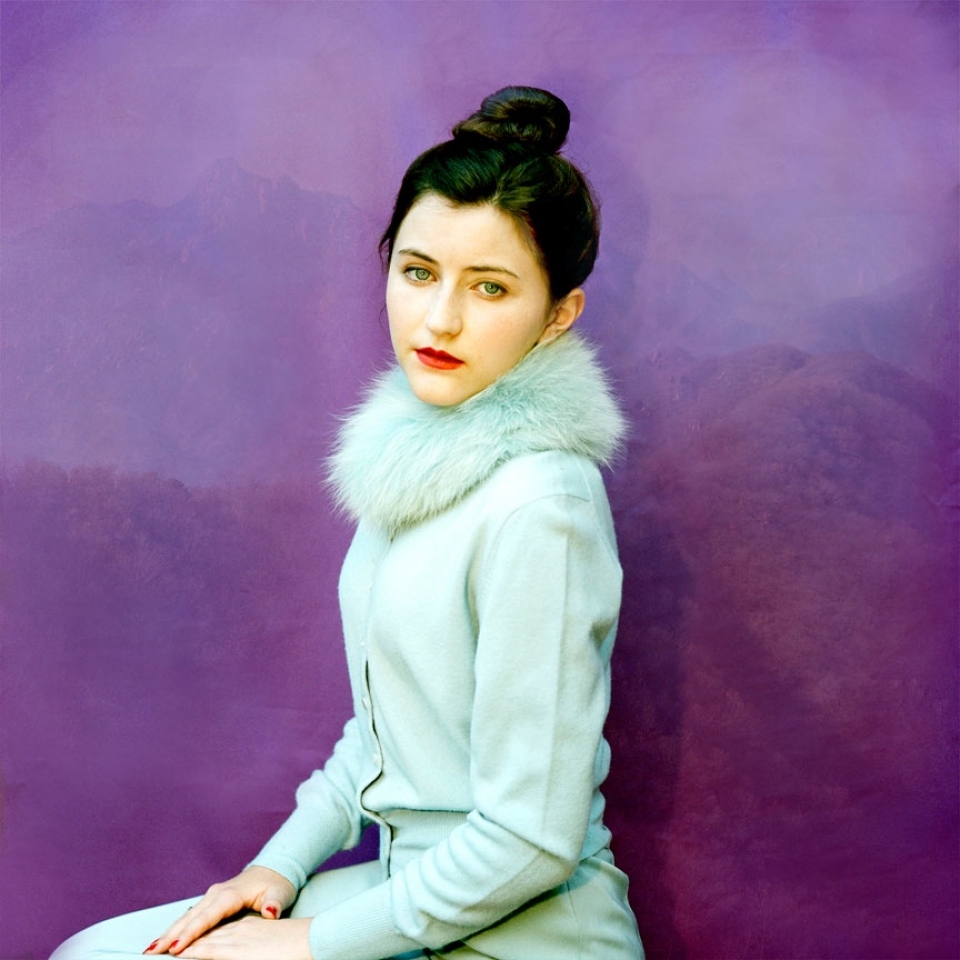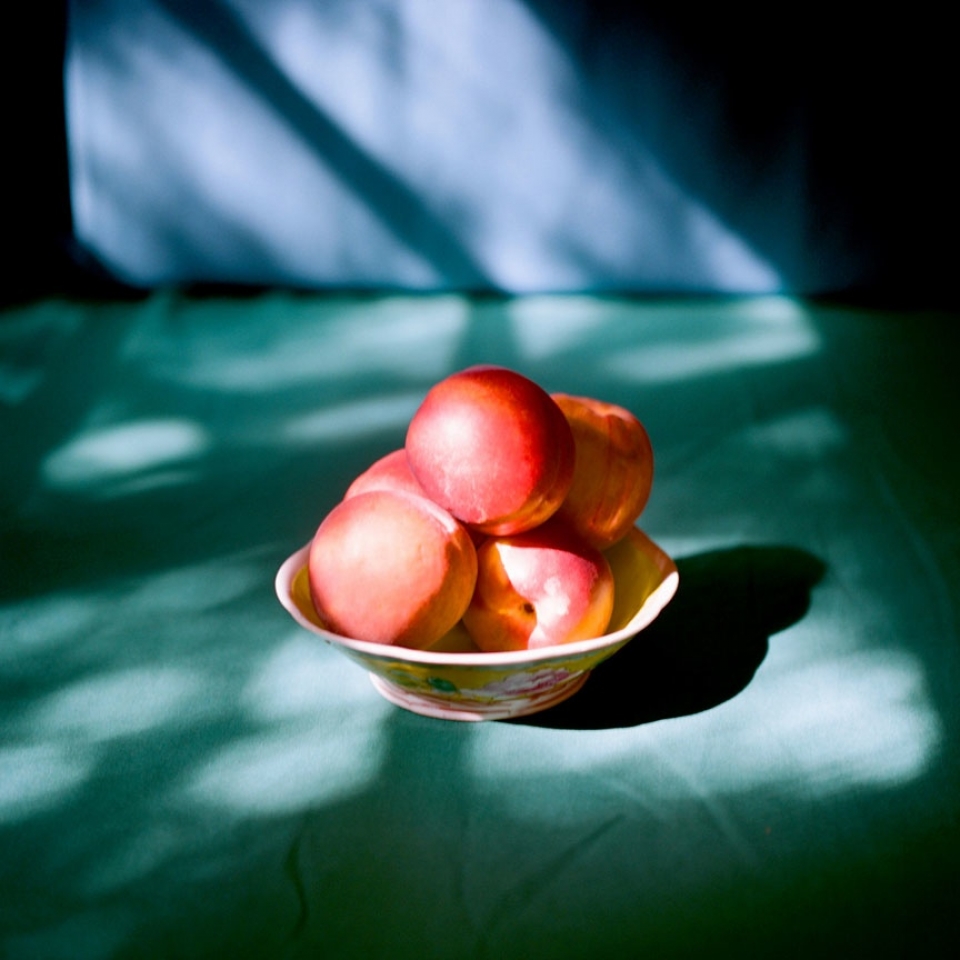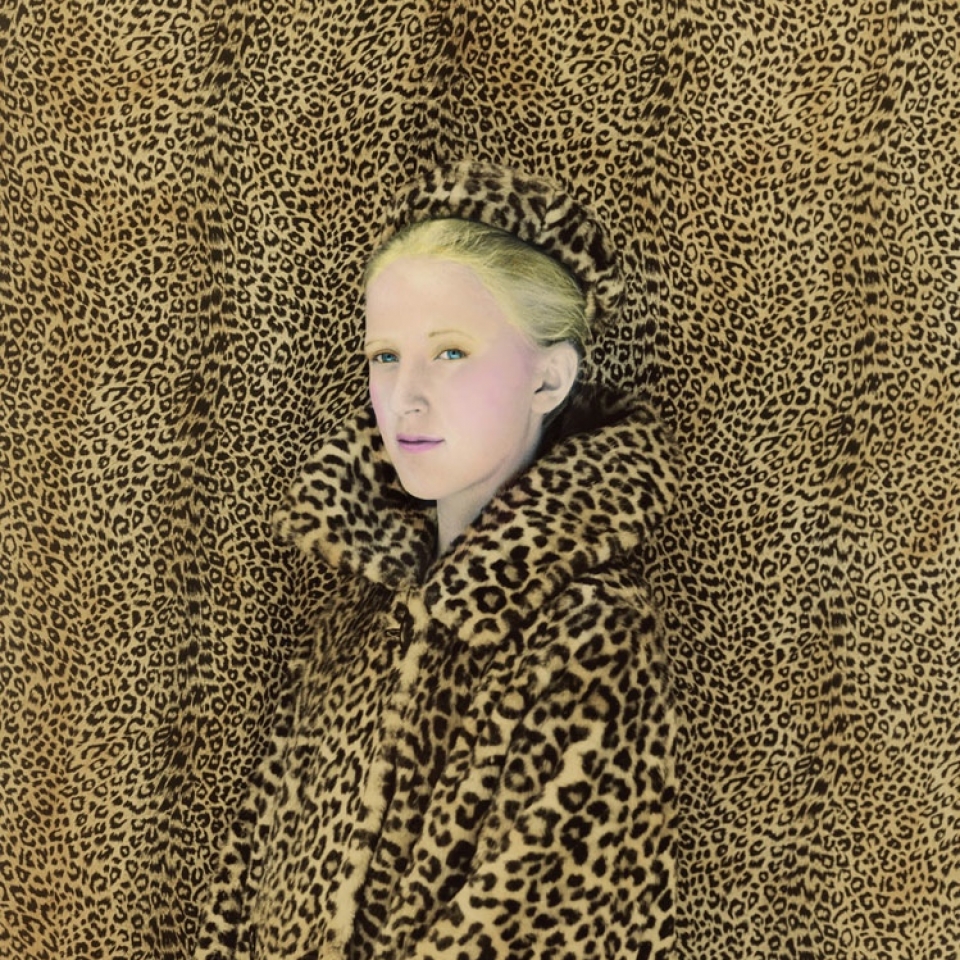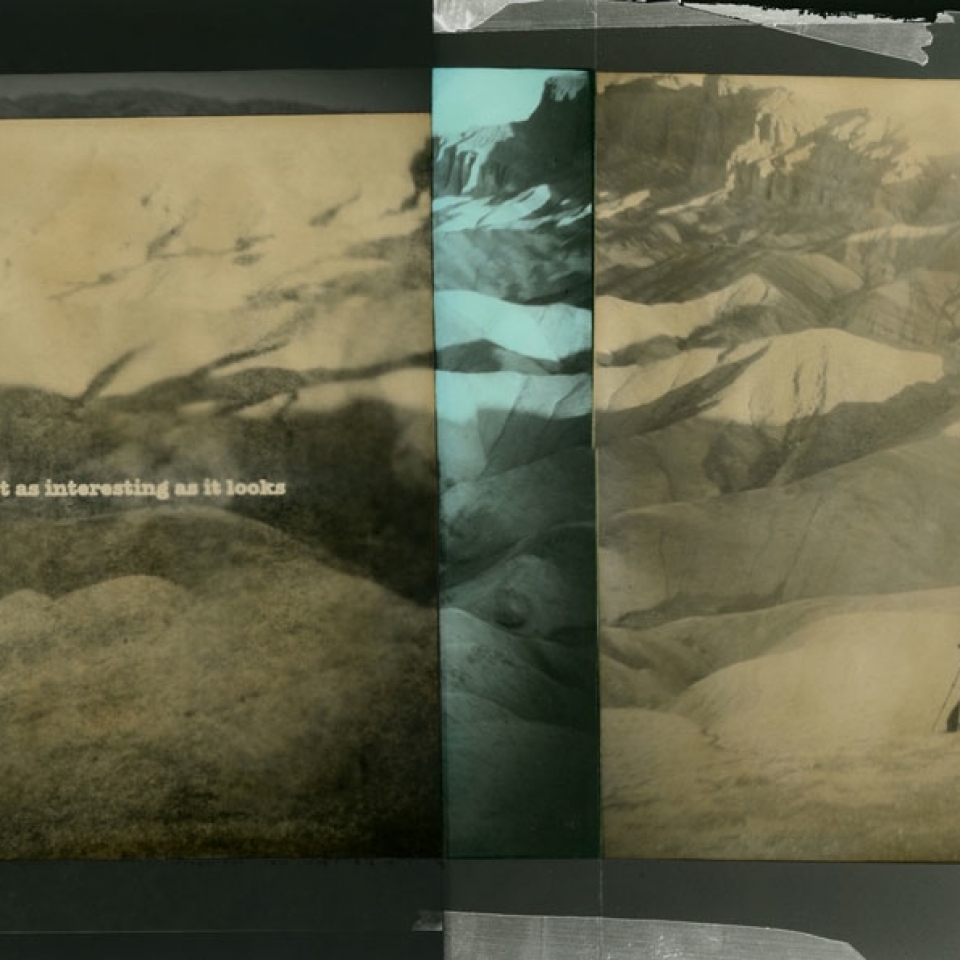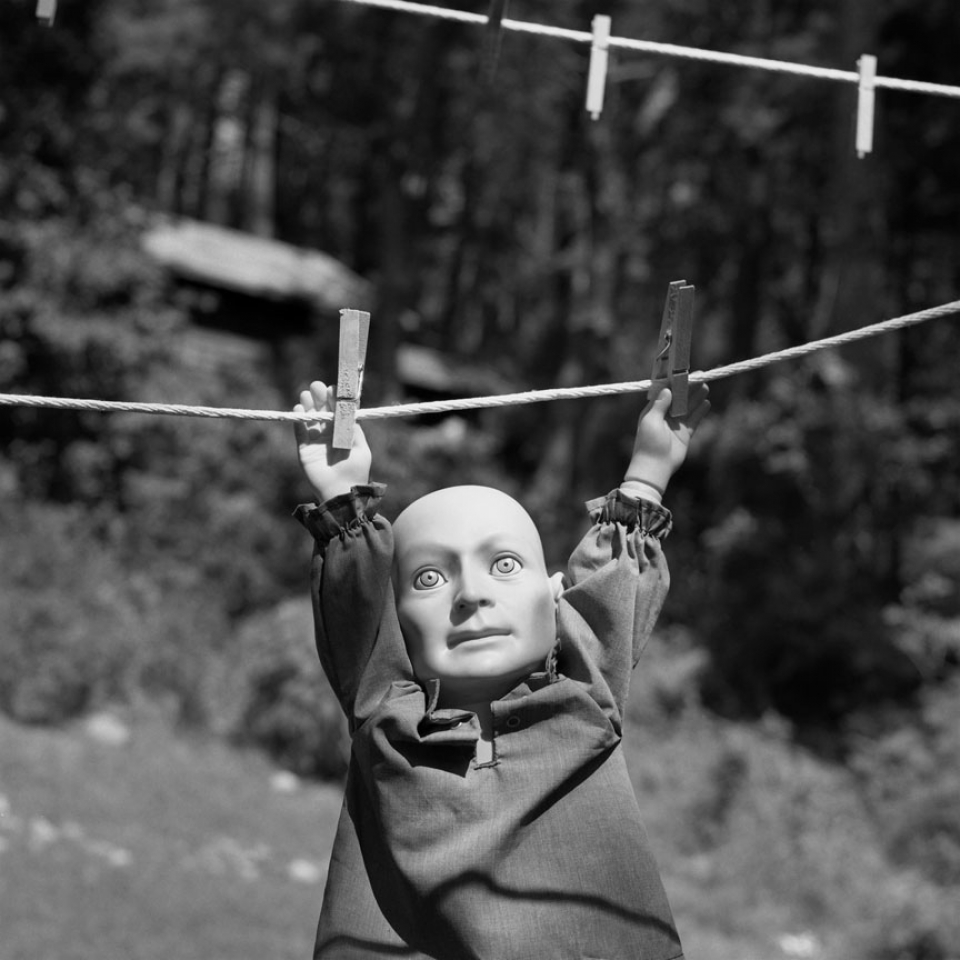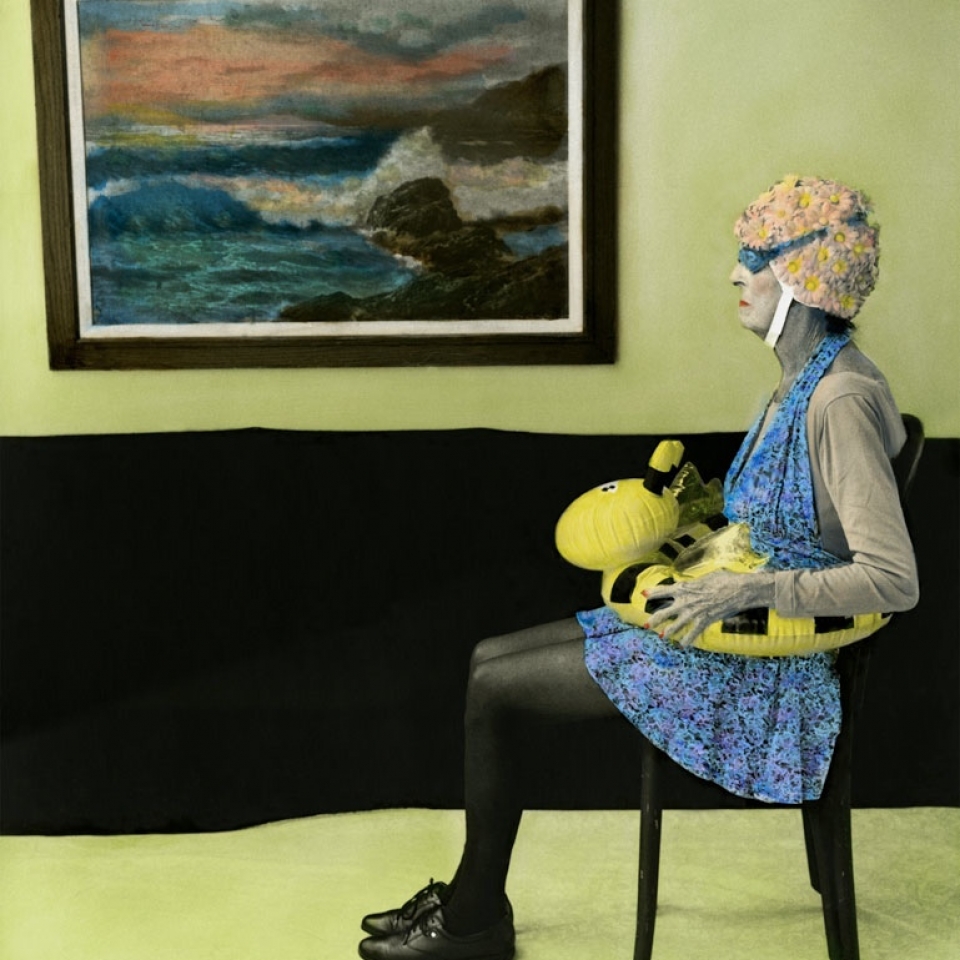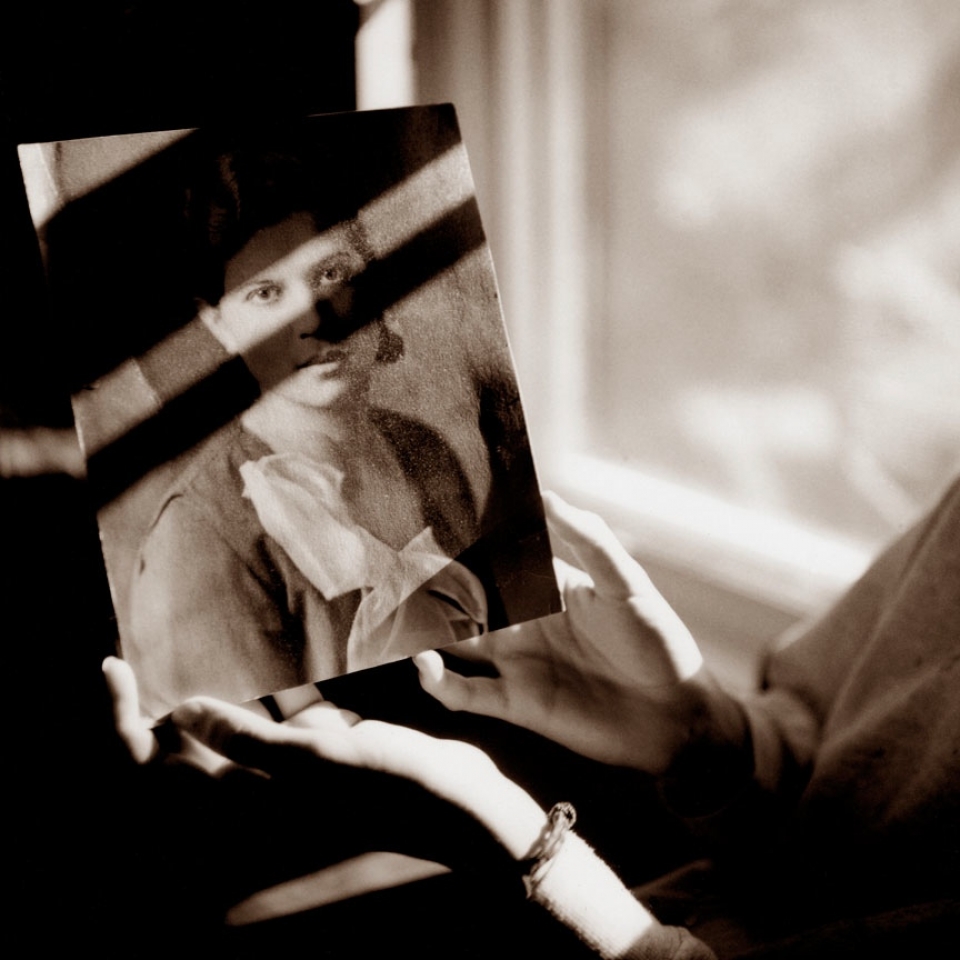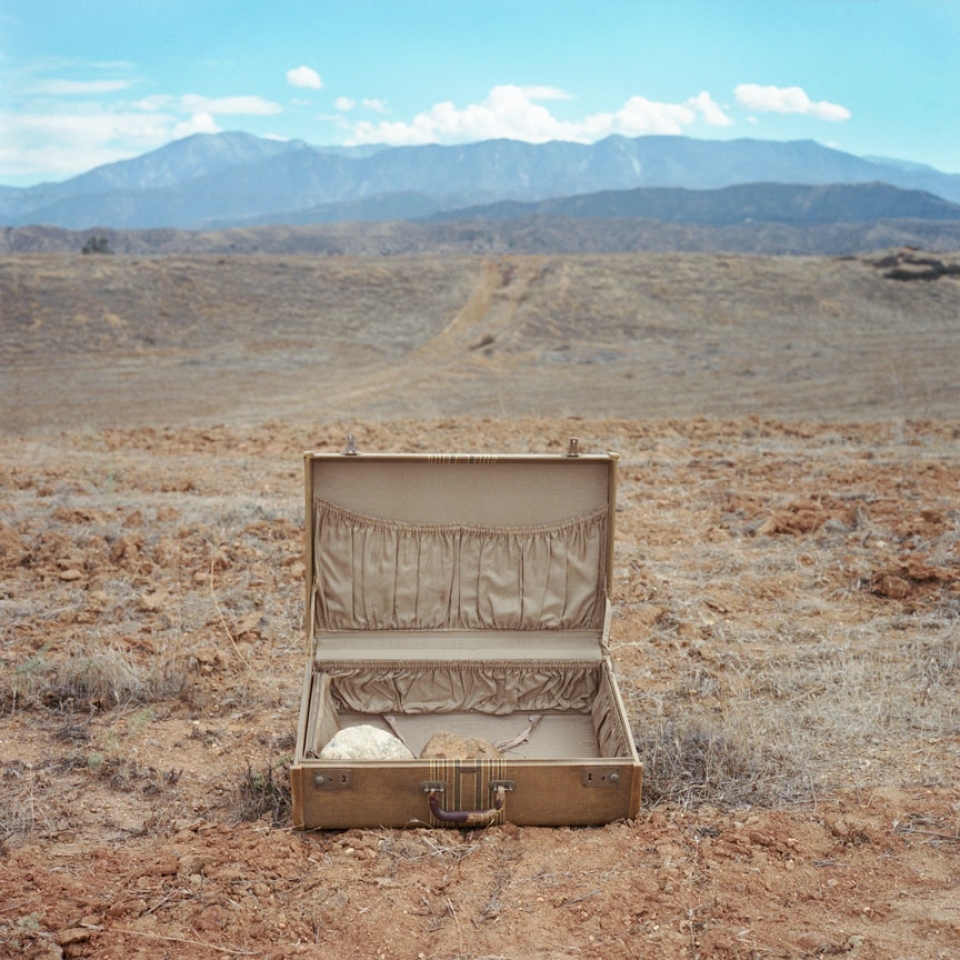Aline Smithson
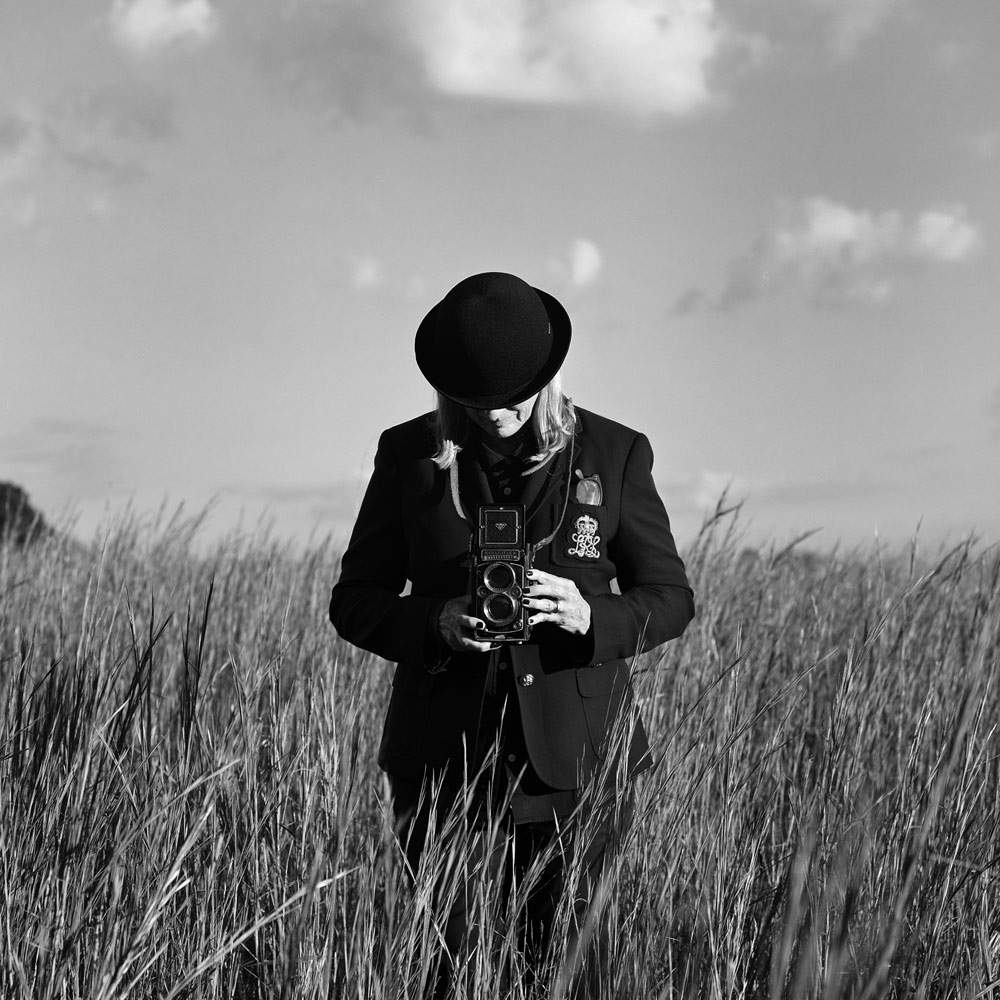
About
Aline Smithson (https://www.alinesmithson.com/) is a visual artist, educator, and editor based in Los Angeles, California. Best known for her conceptual portraiture and a practice that uses humor and pathos to explore the performative potential of photography. Growing up in the shadow of Hollywood, her work is influenced by the elevated unreal. She received a BA in art from the University of California at Santa Barbara and was accepted into the College of Creative Studies, studying under artists such as William Wegman, Allen Ruppersburg, and Charles Garabian. After a decade-long career as a New York Fashion Editor, Aline returned to Los Angeles and to her own artistic practice. She has exhibited widely including over 40 solo shows at institutions such as the Griffin Museum of Photography,the Santa Barbara Museum of Art, the Fort Collins Museum of Contemporary Art, the San Jose Art Museum, the Shanghai, Lishui, and Pingyqo Festivals in China, The Rayko Photo Center in San Francisco, the Center of Fine Art Photography in Colorado, the Tagomago Gallery in Barcelona and Paris, and the Verve Gallery in Santa Fe. In addition, her work is held in a number of public collections and her photographs have been featured in publications including The New York Times, The New Yorker, PDN, Communication Arts, Eyemazing, Real Simple, Los Angeles, Visura, Shots, Pozytyw, and Silvershotz magazines. In 2007, Aline founded LENSCRATCH, a photography journal that celebrates a different contemporary photographer each day. She has been the Gallery Editor for Light Leaks Magazine, a contributing writer for Diffusion, Don’t Take Pictures, Lucida, and F Stop Magazines, has written book reviews for photo-eye, and has provided the forewords for artist’s books by Tom Chambers, Meg Griffiths, Flash Forward 12, Robert Rutoed, Nancy Baron, among others. Aline has curated and jurored exhibitions for a number of galleries, organizations, and on-line magazines, including Review Santa Fe, Critical Mass, Flash Forward, and the Griffin Museum. In addition, she is a reviewer and educator at many photo festivals across the United States. Aline has been teaching at the Los Angeles Center of Photography since 2001. In 2012, Aline received the Rising Star Award through the Griffin Museum of Photography for her contributions to the photographic community. In 2014 and 2019, Aline’s work was selected for Critical Mass Top 50 and she received the Excellence in Teaching Award from CENTER. In 2015, the Magenta Foundation published her first significant monograph, Self & Others: Portrait as Autobiography. In 2016, the Smithsonian Air and Space Museum commissioned Aline to a series of portraits for the upcoming Faces of Our Planet Exhibition and in 2018 and 2019, Aline was a finalist in the Taylor Wessing Photographic Portrait Prize and is exhibiting at the National Portrait Gallery, London. She was commissioned to create the book, LOST: Los Angeles for Kris Graves Projects which released in 2019. Her books are in the collections of the Getty Museum, the Los Angeles Contemporary Art Museum, the National Portrait Gallery, London, the Metropolitan Museum, the Guggenheim, among others. With the exception of her cell phone, she only shoots film.
Scheduled to Teach
Gallery
LACP Interviews Aline Smithson
LACP asks Aline Smithson ten questions about her background, career in and beliefs about photography
Los Angeles Center of Photography: What kind of photographer are you?
Aline Smithson: I am an enthusiastic photographer, working in analog and focusing on fine art. Much of my work is done as a conceptual response to the world around me. I “create” photographs rather than “take” photographs. There is a lot of thought that goes into my work before I snap the shutter and I shoot very few frames per image. I like the slowed down nature of using film, as it allows me time to shoot with intention and focus.
LACP: How long have you been shooting?
AS: I have been photographing for almost 20 years — first I was a painter, then a fashion editor working with amazing fashion photographers, and then came to photography with a rich visual history of my previous interests.
LACP: Where did you get your training?
AS: With the exception of a few classes at the beginning, I am self taught. I spent years learning my craft in the wet darkroom, learning how to see — I also spend tons of time looking at photography for my blog, Lenscratch, where I feature the work of a different photographer each day. I am still very much a student and always curious about the intention behind someone’s photographs.
LACP: When did you know you wanted to devote your life to photography?
AS: Shortly after I unearthed my uncle’s twin lens Rolleiflex in my parent’s garage, I fell in love with medium format, and discovered that photography is a language that allows me to have a visual voice.
LACP: Did you ever come close to giving up?
AS: No … one learns the most from their mistakes …
LACP: Have you sacrificed anything by being a photographer?
AS: Definitely! I wouldn’t say that making photographs has been a sacrifice but all the surrounds it — my teaching, my blog, my writing, working as a reviewer and juror, tutoring — all take away from the time I have to make my own work.
LACP: What have you gained by being a photographer?
AS: First of all, I have gained an incredible community of friends and allies that have enriched this journey so much. Photography has provided opportunities to travel the world, connect with others in a deep way, and also think about my life — the past and future, with a focus and curiosity that makes waking up each day a joy.
LACP: What classes do you teach at LACP?
AS: All of my classes are fine art based — I teach an intensive workshop for those who know the bells and whistles of their cameras, but don’t know what to shoot — it’s called “Shooting With Intention”. The workshop gives them tools and ideas for making work.
I also teach a three part series titled “The Next Step” (Next Step One, Two, and Three). In “The Next Step One”, I teach photographers how to place their projects into the fine art market, complete with a bios and statements, the knowledge of how to approach the movers and shakers in the photo world, and demystify editioning and pricing and much more. In “The Next Step Two”, students put what they have learned into practice and the workshop results in an exhibition. “The Next Step Three” is an on going class that allow for feedback on projects they are producing.
I also teach a 9 month class called “The Personal Project” that allows students to work on a project over an extended period of time. That class results in an exhibition and an book. And finally, sometimes I teach “The Toy Camera”.
LACP: What do you love most about teaching?
AS: I love seeing the light bulb go off in a photographer’s mind, having that “ah ha” moment when they realize that the work needs to say something and be shot with intention. Students have explored very personal projects that makes them more self aware and understanding of not only themselves, but the world in general. I love seeing students succeed and grow as artists as their work garners attention. When people ask me what I teach, I say that I teach how to use the brain, not how to use the camera.
LACP: What advice would you give someone who is thinking about making a career in photography?
AS: Make a lot of mistakes. Try everything — portraiture, still life, landscape, street, conceptual — and learn what resonates. Be humble. Be supportive and make lots of photographer friends. Be curious. Be determined. Learn to live with doubt and fear and uncertainty. And get up each morning, ready to begin again.

